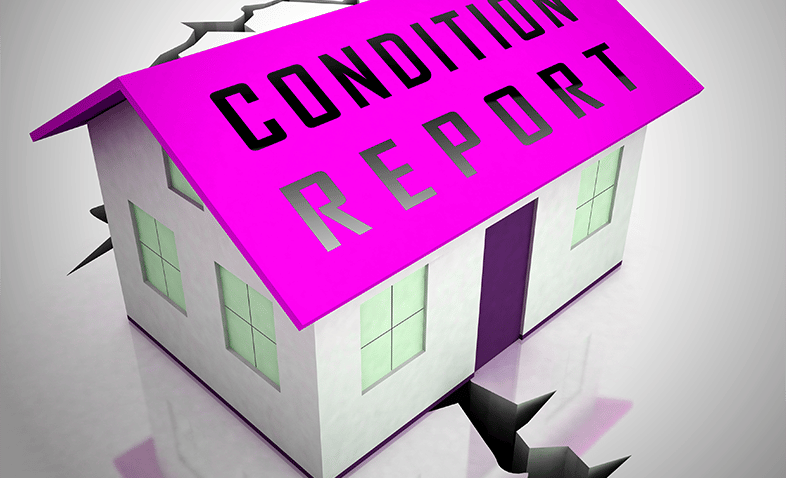Inventories. Do I really need one?
- Published: 10th Jul 23
- Category: Resources
I’ve lost count of how many times I’ve heard “My house is unfurnished. Do I really need an Inventory?”, but it has to be approaching four figures!
To be fair to those who ask that question, the word ‘Inventory’ immediately conjures up a list of items. Dictionary.com describes inventory as objects or items represented on such a list.
It is definitely more accurate to see the inventory as being a schedule of condition. When letting your property it is vital to have a complete record of the property condition including any odd bits of furniture you might leave behind. And it is essential to have this at the start of your tenancy.
Since the introduction of the deposit regulations in 2007, any deposit paid by the tenant must be registered in a government approved scheme. This gives the tenant peace of mind of knowing their money is not being used to fund the landlords summer holiday, but also, that if at the end of the tenancy they disagree with a deduction for damage, they can apply to the scheme for arbitration.
The arbitration process is known as ADR (Alternative Dispute Resolution). In the event of a disagreement the adjudicator will rule whether the landlord is entitled to a deduction and whether the amount claimed is fair. The really important point here, is that the deposit is always the tenants money. Therefore if the landlord wishes to deduct £300 because the tenants children have drawn all over the freshly decorated living room walls, then the burden of proof is on the landlord.
What does this look like in practical terms? Let us take the example of the landlord looking to claim the £300.
The ADR make it very clear that the landlord must supply evidence that details the exact condition of the property when the tenant moved in and the same again when the tenant left. You can probably see where I am going with this because the only way to show the starting condition is to have a Schedule of Condition. Whilst a few photographs can be taken, this on its own is unlikely to be enough. An adjudicator will want to see clear written and pictorial evidence which has been agreed by the tenant.
It is usual to provide this to the tenant on the start date and allow them seven days to make any additions. If they do not respond in that timeframe, it will be deemed as accepted. A clause in the tenancy agreement along these lines would also be helpful.
Having an agreed Schedule of Condition, provides a framework from which ADR can work. Additional evidence will be reports from the property visits. If there were no crayon marks on the living room walls at the start of the tenancy or on the six monthly property visit then the evidence is pointing towards this damage being caused during the tenancy.
At the end of the tenancy the check out should be carried out (ideally with the tenant present, or at least invited) cross referencing against the Schedule of Condition. Given the need to evidence the the starting and finishing condition, photographic and written evidence at the check-out will be needed. Any photographs should be taken from the same angle as the photo on the Schedule of Condition.
Additional evidence is encouraged. An invoice or receipt from the decorator who painted the walls would be helpful in this instance.
Assuming your evidence is in order, ADR will then agree to all or part of the claim. Landlords need to keep in mind that they are not entitled to betterment. If repainting the walls will cost £300, ADR will only award on the basis of life span.
For example if the walls were painted a year ago, and could reasonably be expected to last 5 years before needing to be painted again, then the landlord has enjoyed 1/5 of the life of the decoration and will therefore only receive £240.
Without a schedule of condition it would be impossible to prove that the damage was caused during the tenancy and in our example, the landlord would be left having to fund the redecorating themselves.
A good Schedule of Condition will be meaty. The ones produced for our landlord clients often run into 100’s of pages and cover every blemish so in the event of needing to make a claim, they know they are protected.
To find out more or to see an example of our Inventory and Schedule of Condition, please get in touch – hello@stuartsresidential.com
All resources & news
